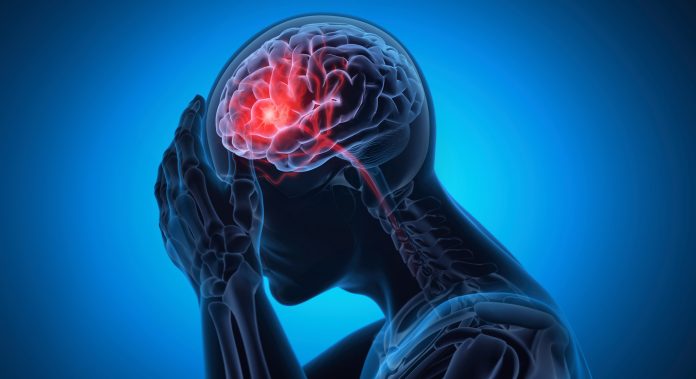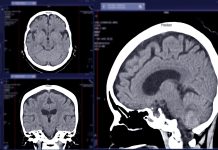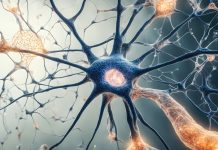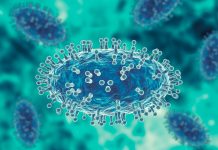A new experimental treatment has been shown to reduce brain damage from stroke by up to 60% in mice, raising hopes for a breakthrough in recovery outcomes
Scientists from the University of Cambridge have unveiled a potential breakthrough in stroke treatment: a drug that reduced brain damage by up to 60% in early lab tests. While still in the preclinical stage, the findings point to a promising new way to protect the brain during emergency stroke procedures—with human trials on the horizon.
The findings are published in Cardiovascular Research.
New approach protects the brain during stroke treatment
One in four people will have a stroke during their lifetime. The urgency of stroke treatment cannot be overstated. During a stroke, blood clots prevent oxygen from reaching the brain, and during the first hours following a stroke, the blood clot needs to be removed quickly so that the oxygen supply to the brain can be restored. Unless the stroke is treated in the first few hours, brain tissue begins to die.
Despite stroke patients receiving the best available treatment, called mechanical thrombectomy, the outcome is still poor, with fewer than one in ten patients leaving the hospital with no neurological impairment. Mechanical thrombectomy is minimally invasive and involves the insertion of a catheter into a blood vessel. The device is guided to the blood clot, where it will be removed by a tiny device, restoring normal blood flow.
Restoring blood flow too suddenly can make things worse, and this is called ischaemia-reperfusion injury. When blood rushes back into the oxygen-starved tissue, the damaged cells struggle to cope, leading to harmful molecules called free radicals that damage cells, proteins, and DNA.
Professor Thomas Krieg from the Department of Medicine at the University of Cambridge said: “Stroke is a devastating disease. Even for those who survive, there is a significant risk of damage to the brain that can lead to disabilities and a huge impact on an individual’s life. But in terms of treatment, once the stroke is happening, we have only limited options.”
Previous research showed that when the brain is starved of oxygen, succinate builds up. On restoring blood flow, succinate is rapidly oxidised, triggering damaging free radicals in mitochondria. This early damage can be blocked by malonate, which inhibits succinate oxidation.
Professor Mike Murphy from the Medical Research Council Mitochondrial Biology Unit said: “All of this happens very rapidly, but if we can get malonate in quickly at the start of reperfusion, we can prevent this oxidation and burst of free radicals.
“We discovered in our labs that we can get malonate into cells very quickly by lowering the pH a little, making it a bit more acidic, so that it can cross the blood-brain barrier better. If we inject it into the brain just as we’re ready to reperfuse, then we can potentially prevent further damage.”
Treatment reduces injury by 60%
The researchers found that treating the brain with a chemical called acidified disodium malonate (aDSM) and using mechanical thrombectomy significantly reduced the amount of brain damage that occurs from ischaemia-reperfusion injury by as much as 60%.
Dr Jordan Lee, a postdoctoral researcher in the group, developed a mouse model that mimics mechanical thrombectomy, allowing the team to test the effectiveness of aDSM against ischaemia-reperfusion injury.
Dr Lee said, “This approach reduces the amount of dead brain tissue resulting from a stroke. This is incredibly important because the amount of dead brain tissue is directly correlated to the patient’s recovery – to their disability, whether they can still use all their limbs, speak and understand language, for example.”
The researchers hope that with the increase of mechanical thrombectomy use within the NHS, the addition of aDSM as a treatment could improve outcomes significantly.
The team has launched Camoxis Therapeutics, a spin-out company, with support from Cambridge Enterprise, the innovation arm of the University of Cambridge. It is now seeking seed funding to develop the drug further and take it to early-stage clinical trials.
Professor Murphy added: “If it’s successful, this same drug could have much wider applications for other instances of ischemia-reperfusion injuries, such as heart attack, resuscitation, organ transplantation, and so on, which have similar underlying mechanisms.”








